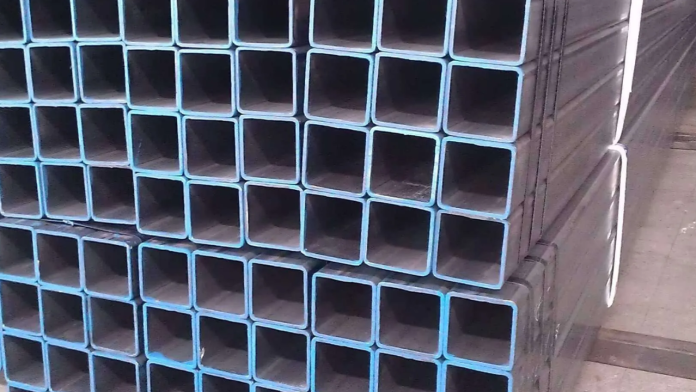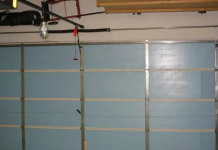A type of hollow structural section that is frequently used in engineering, manufacturing, and building is the square hollow section (SHS), also referred to as a square tube or square box section. Its square form and consistent wall thickness define it. Usually composed of steel or other metals, SHS comes in a range of thicknesses and widths to accommodate a variety of uses.
High strength-to-weight ratio, visual attractiveness, ease of manufacture, and design versatility are just a few benefits of using square hollow section. It is frequently utilized in architectural applications, fences, railings, building frames, support structures, and furnishings. SHS’s hollow interior maintains structural integrity while enabling effective material use.
What are SHS’s standard measurements?
Depending on regional regulations and needs, Square Hollow Sections (SHS) might have different standard dimensions. However, 20x20mm, 25x25mm, 30x30mm, 40x40mm, 50x50mm, 60x60mm, and 70x70mm are typical sizes. Due to their adaptability and structural integrity, these dimensions are frequently utilized in engineering and construction.
Common Materials Used in Manufacturing Square Hollow Sections
Depending on the required qualities, application specifications, and financial constraints, different materials are used in the manufacturing of square hollow sections (SHS). Among the materials most frequently utilized are:
Steel
Because of its remarkable strength, resilience, and adaptability, steel is arguably the material most frequently utilized to manufacture SHS. Various kinds of steel, including carbon, stainless, and mild steel, are used according to the needs. SHS mild steel is inexpensive and frequently utilized in common construction projects. Because of its ability to resist corrosion, stainless steel SHS is appropriate for use in outdoor and maritime environments. For structural engineering applications, carbon steel SHS is frequently used because of its high tensile strength.
Aluminum
Because of their lightweight design, ability to withstand corrosion, and attractive appearance, aluminum square hollow pieces are preferred. Vehicles, furniture manufacturing, and architectural structures are among the industries that use these portions. Several alloys of aluminum SHS have different strengths, machinability, and weldability characteristics. Aluminium SHS is also recyclable, which makes it a sustainable material.
Copper
Despite being less prevalent than aluminum and steel, copper square hollow sections are prized for their superior corrosion resistance, electrical conductivity, and thermal conductivity. Heat exchangers, architectural highlights, and plumbing and electrical systems are among the uses for copper SHS. Even though copper is more expensive than other materials, its specific qualities make it worthwhile to employ in some applications where conductivity is crucial.
Composite Substances
Because of their high strength-to-weight ratio and resilience to corrosion, composite materials like carbon fiber-reinforced polymers (CFRP) and fiberglass-reinforced plastics (FRP) are becoming more and more popular in the square hollow section manufacturing process. These materials are becoming more and more popular in applications that need strong, long-lasting, corrosion-resistant constructions because they provide greater design flexibility. The sports equipment, automobile, marine, and aerospace industries all use composite SHS.
Plastics
Polyvinyl chloride (PVC) and high-density polyethylene (HDPE) are the two most common materials used to make plastic square hollow sections. These sections are prized for their low cost, chemical resistance, and ease of manufacture. Several industries, including packaging, signs, and agriculture, frequently use these portions. Plastic SHS are more advantageous in certain situations where corrosion resistance and weight are important factors, even though they are not as structurally strong as their metal counterparts.
Titanium
Square hollow sections made of titanium are known for their remarkable strength-to-weight ratio, resistance to corrosion, and biocompatibility. High performance and dependability are essential in the chemical processing, medical implant, and aerospace industries, where these sections find applications. Titanium SHS are relatively expensive, but their unique qualities make them worth using in some applications.
Final Words
Square hollow sections (SHS) can be made from a wide range of materials, including steel, aluminum, copper, composites, polymers, and titanium. With distinct qualities tailored to certain uses, every material ensures performance, longevity, and structural integrity across a range of sectors. Knowing these materials helps engineers choose the best solution for their particular requirements.










